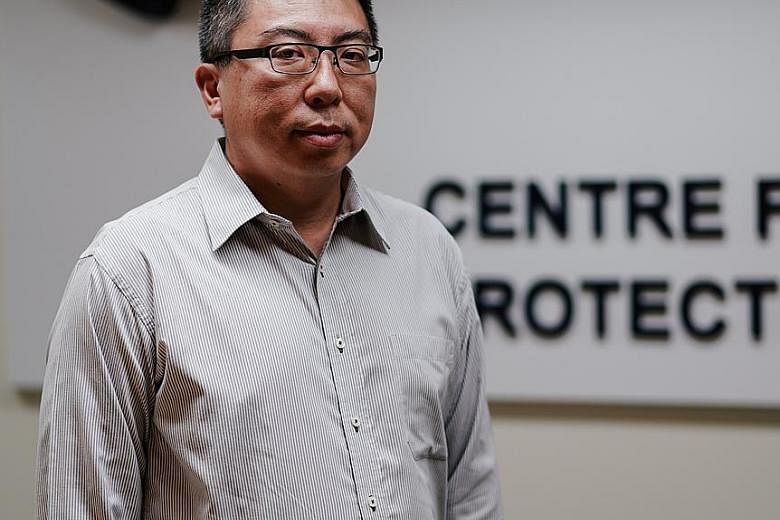The Centre for Protective Security (CPS) has been engaging building owners since the introduction of a new law in December last year that makes it mandatory for some buildings to have enhanced security measures.
The centre's role, among others, is to ensure that protective measures are there to keep Singapore's critical infrastructure and buildings safe.
These measures include deploying security technology such as closed-circuit television cameras, and security personnel.
The centre, which has been responsible for carrying out checks and enforcement action since the Infrastructure Protection Act (IPA) came into force, also provides training for various Home Team agencies.
Part of the CPS' role is to advise and ensure that owners of critical infrastructure and buildings that are iconic or have high public footfall comply with regulations and security frameworks under the law.
Speaking to the media for the first time since the IPA came into force, centre director Andy Tan said: "This was something that we took on as the CPS is the subject matter expert in this area."
Set up in 2012, the CPS was previously known as the Centre for Protective Security Studies and was formerly under the Ministry of Home Affairs. In April, it became a department under the Singapore Police Force.
This was because the centre shares similar functions as the police in ensuring security for events, buildings and public spaces, said Mr Tan.
"By consolidating everything under the police, you bring all the protective security skill sets under one place," added Mr Tan, who joined the centre in 2013.
Under the IPA, building owners are required to integrate security elements into infrastructure designs before construction or renovation, if their buildings have been designated as "special developments" or "special infrastructures".
This includes measures such as deploying security technology and strengthening the building against blast effects.
The IPA also gives more powers to security personnel at protected areas, such as military camps and immigration checkpoints.
These officers will have the powers to examine and delete unauthorised footage that has been taken of the protected places. Before the IPA, security personnel would have to "seek the cooperation" of the person to have the footage deleted, said Mr Tan.
Since the launch of the Security Industry Transformation Map last year, the CPS has also been involved in training security consultants in a diploma programme developed with the Security Industry Institute at Temasek Polytechnic.
The diploma provides proper accreditation and training for the role of a security consultant, whose job entails helping clients assess their security needs and risks, and finding solutions that could incorporate manpower and technology.
"We hope to enlarge the pool of security consultants available, which will, over time, raise standards in the security industry," said Mr Tan, adding that while most of these consultants would move on to the private sector, the overall security landscape will benefit.
"It will always be a partnership between the police and the private security industry... A lot of major events and important buildings are guarded by private security officers.
"So it's actually in the police's interest that this skill set and the capability of the private security (sector) grow as well."


